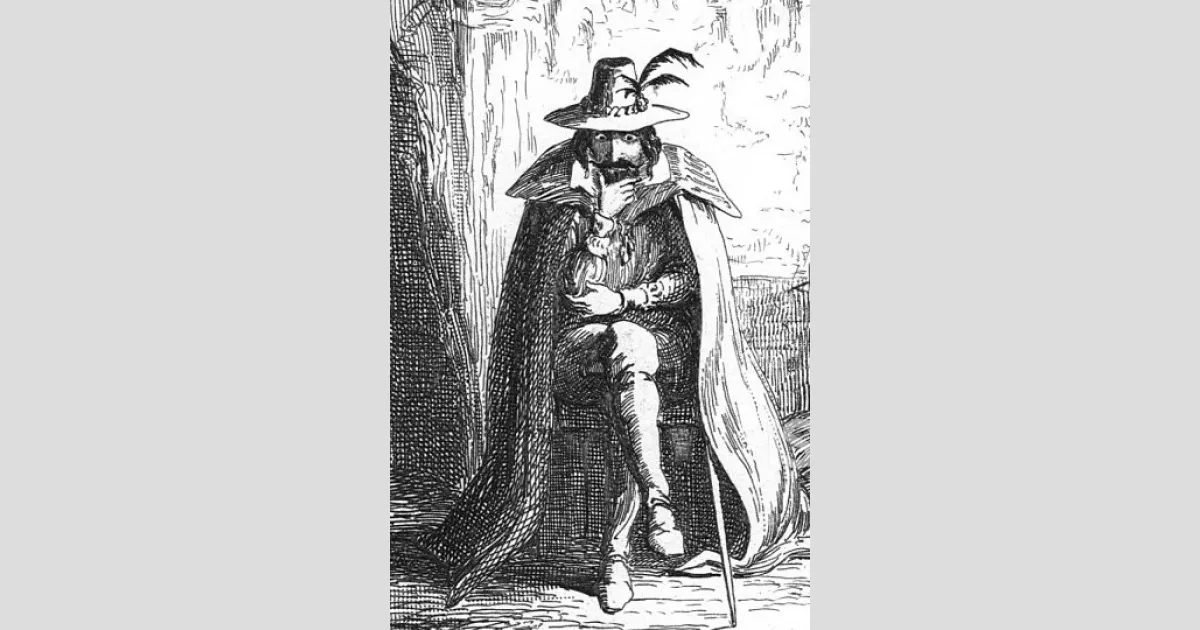Guy Fawkes, known as Guido Fawkes during his time fighting for the Spanish, was integral to the infamous Gunpowder Plot of 1605, an attempt by English Catholics to assassinate King James I by blowing up the House of Lords. Born in York, Fawkes was raised in a Catholic household following his father's death and his mother's subsequent remarriage to a recusant Catholic. This upbringing influenced his later political and religious motivations. Despite the plot's failure and Fawkes' capture and execution, his legacy endures, particularly in the UK, where Guy Fawkes Night is celebrated annually on November 5th with bonfires and fireworks, symbolizing the thwarting of the plot.
1905: Fawkes as an Action Hero in Children's Literature
Around 1905, Guy Fawkes was depicted as 'essentially an action hero' in children's books and penny dreadfuls like 'The Boyhood Days of Guy Fawkes; or, The Conspirators of Old London.' This portrayal contributed to Fawkes's transformation into an 'acceptable fictional character' in public perception.
1915: Catharine Pullein's Work on Fawkes's Catholic Education
In 1915, author Catharine Pullein suggested in her work 'The Pulleynes of Yorkshire' that Guy Fawkes's Catholic education was influenced by his Harrington relatives, known for sheltering priests, one of whom later joined Fawkes on a journey to Flanders in 1592–1593. This highlights the potential origins of Fawkes's Catholic beliefs.
Mentioned in this timeline

A penny is a small-denomination coin or currency unit used...
Trending

7 months ago Drew Barrymore spotlights daughters and launches '70s-inspired furniture collection at Walmart.
Cameron Johnson is an American professional basketball player currently with the Denver Nuggets He was drafted th overall by the...

6 months ago Santi Aldama secures 3-year, $52.5M contract extension with the Memphis Grizzlies.
22 days ago Saddiq Bey Shines with High Scores and Impressive Highlights in Recent Games

8 months ago Adam Sandler in 'Jay Kelly' with George Clooney; Rival movie releases compared.
2 months ago Eddy Piñeiro: 49ers Kicker, NFL's Second-Most Accurate, Cherishes Relationship With His Father.
Popular

Tucker Carlson is an American conservative political commentator known for...

Candace Owens is an American conservative political commentator and author...

XXXTentacion born Jahseh Dwayne Ricardo Onfroy was a controversial yet...

Ben Shapiro is a prominent American conservative political commentator media...

William Franklin Graham III commonly known as Franklin Graham is...

Bill Gates an American businessman and philanthropist revolutionized personal computing...
